Country
code
MI
Crash of an Embraer EMB-120 Brasília in Detroit: 29 killed
Date & Time:
Jan 9, 1997 at 1554 LT
Registration:
N265CA
Survivors:
No
Schedule:
Cincinnati - Detroit
MSN:
120-257
YOM:
1991
Flight number:
OH3272
Crew on board:
3
Crew fatalities:
Pax on board:
26
Pax fatalities:
Other fatalities:
Total fatalities:
29
Captain / Total hours on type:
2302.00
Copilot / Total hours on type:
1494
Aircraft flight hours:
12752
Aircraft flight cycles:
12734
Circumstances:
The flight was being vectored for the approach to runway 3R at Detroit Metropolitan Wayne County Airport (DTW) when the aircraft descended and impacted the ground. The aircraft struck the ground in a steep nose-down attitude in a level field in a rural area about 19 nm southwest of DTW. The flight carried 26 passengers and 3 crew members. There were no survivors and the airplane was destroyed by impact forces and a post crash fire. Instrument meteorological conditions prevailed at the time of the accident. The investigation revealed that it was likely that the airplane gradually accumulated a thin, rough glaze/mixed ice coverage on the leading edge deicing boot surfaces, possibly with ice ridge formation on the leading edge upper surface, as the airplane descended from 7,000 feet mean sea level (msl) to 4,000 feet msl in icing conditions, which may have been imperceptible to the pilots. The pilots had been instructed by air traffic control to slow to 150 knots and according to flight data recorder information, the airplane began to show signs of departure from controlled flight as it decelerated from 155 to 156 knots while in a flaps-up configuration. The investigation disclosed that the FAA failed to adopt a systematic and proactive approach to the certification, and operational issues of turbopropeller-driven transport airplane icing. The icing certification process has been inadequate because it has not required manufacturers to demonstrate the airplane's flight handling and stall characteristics under a sufficiently realistic range of adverse ice accretion/flight handling conditions. The aircraft manufacturer had issued a revision in April, 1996 to the approved flight manual which included activation of the leading edge deicing boots at the first sign of ice formation. The airplane operator did not incorporate the procedure, because it was contrary to the company's trained procedures and practices and of the belief that enacting the changes would result in potentially unsafe operation. Investigators' discussion with management personnel at each of the seven U.S.-based operators of the aircraft indicated that at the time of the accident only two of these operators had changed their procedures to reflect the information in the revision. The FAA, at the time of the accident, did not require manufacturers of all turbine-engine driven airplanes to publish minimum airspeed information for various flap configurations and phases and conditions of flight. During Safety Board investigators postaccident interviews with company pilots, there were inconsistent answers on the complex and varied minimum airspeed requirements established by the company for both icing and nonicing conditions. It was also noted that the pilots uncertainty of the appropriate airspeeds might have been associated with the language used, the different airspeeds and criteria contained in the guidance, the company's methods of distribution, and the company's failure t o incorporate the guidance as a formal, permanent revision to the flight standards manual.
Probable cause:
The Federal Aviation Administration's (FAA) failure to establish adequate aircraft certification standards for flight in icing conditions, the FAA's failure to ensure that at Centro Tecnico Aeroespacial/FAA-approved procedure for the accident airplane's deice system operation was implemented by U.S.-based air carriers, and the FAA's failure to require the establishment of
adequate minimum airspeeds for icing conditions, which led to the loss of control when the airplane accumulated a thin, rough, accretion of ice on its lifting surfaces. Contributing to the
accident were the flightcrew's decision to operate in icing conditions near the lower margin of the operating airspeed envelope (with flaps retracted) and Comair's failure to establish and adequately disseminate unambiguous minimum airspeed values for flap configurations and for flight in icing conditions.
adequate minimum airspeeds for icing conditions, which led to the loss of control when the airplane accumulated a thin, rough, accretion of ice on its lifting surfaces. Contributing to the
accident were the flightcrew's decision to operate in icing conditions near the lower margin of the operating airspeed envelope (with flaps retracted) and Comair's failure to establish and adequately disseminate unambiguous minimum airspeed values for flap configurations and for flight in icing conditions.
Final Report:
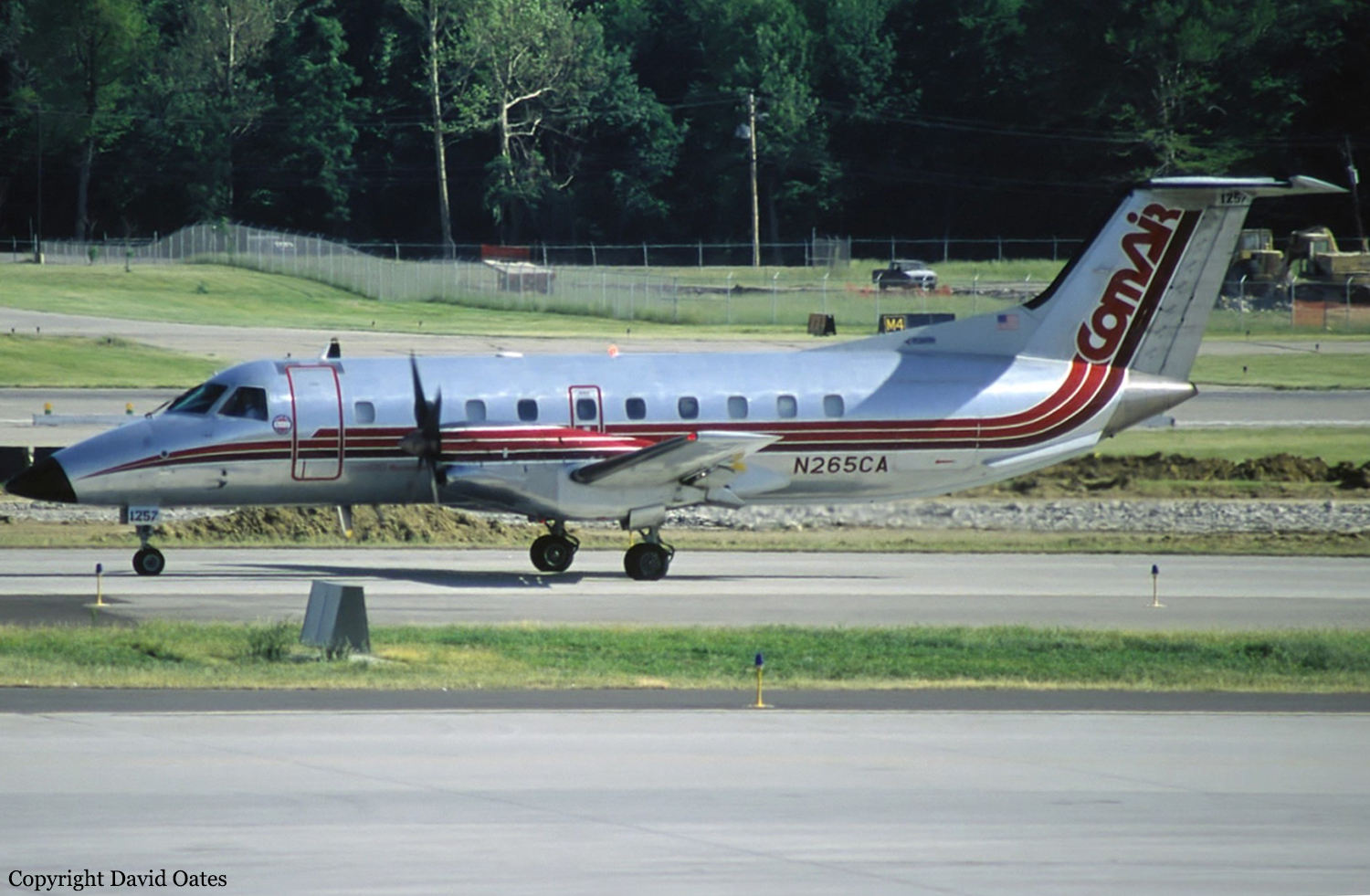
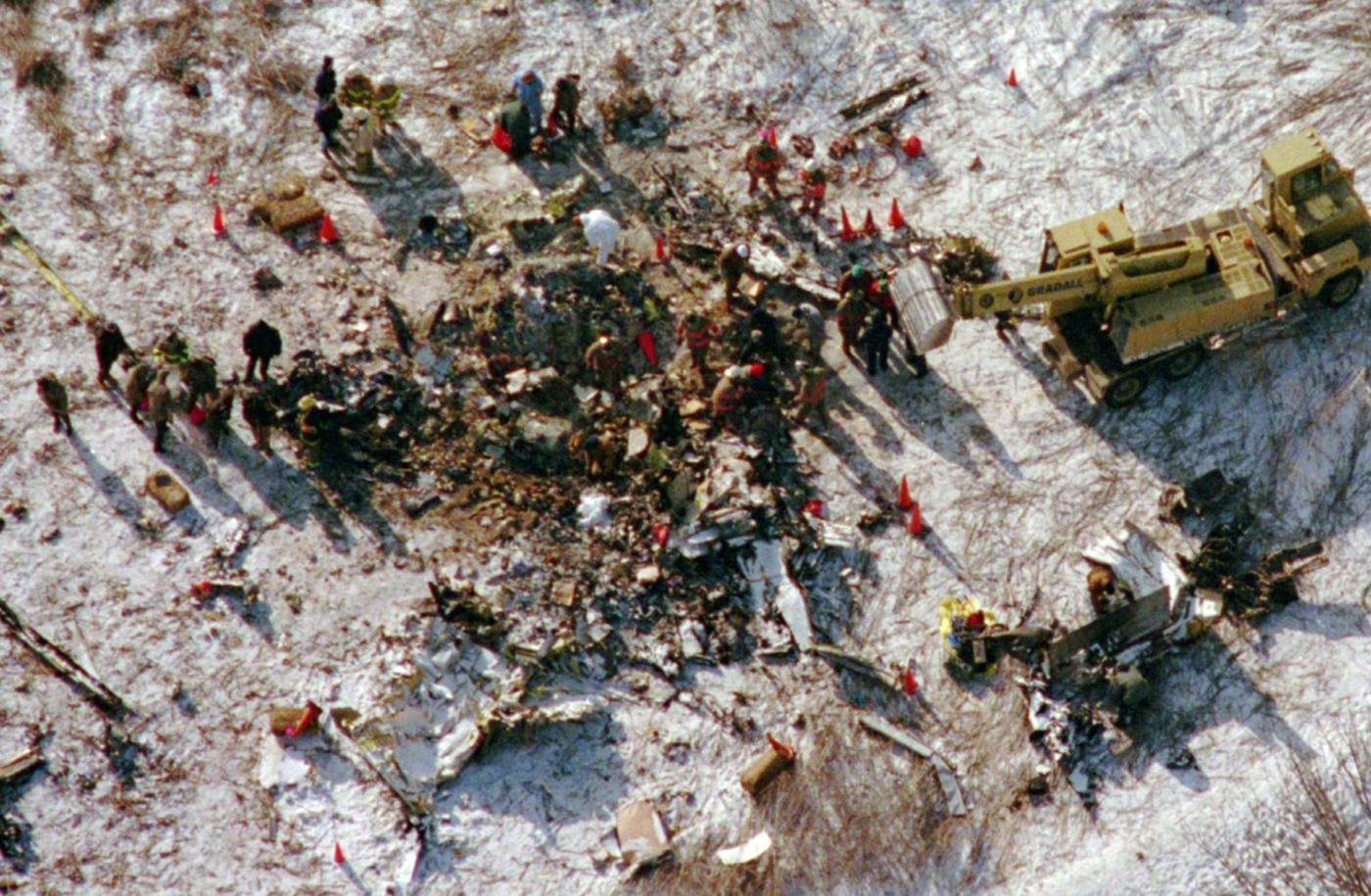
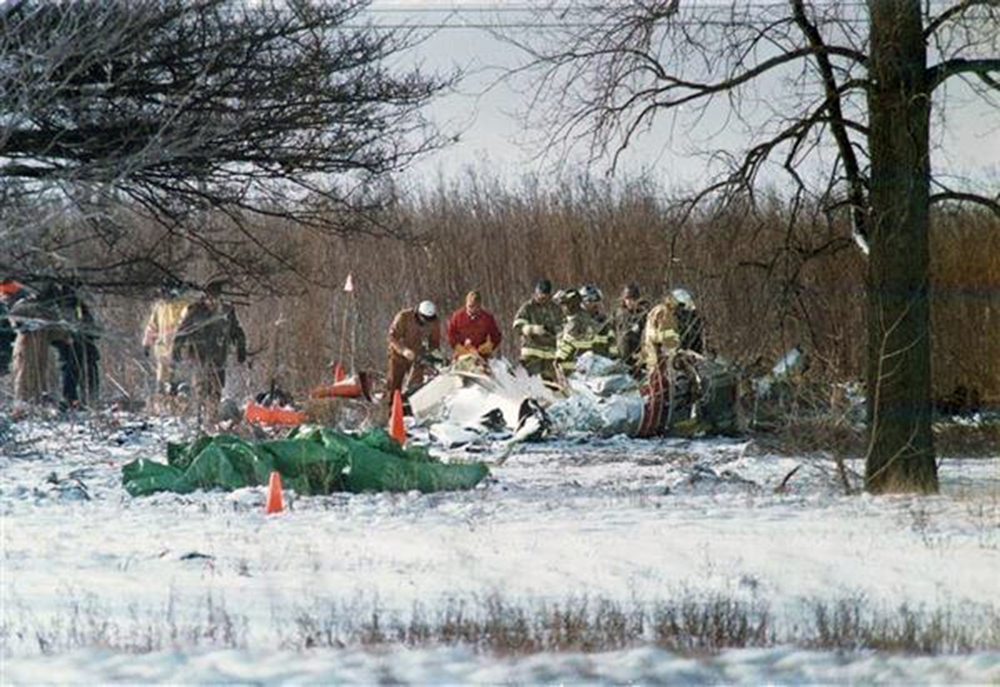
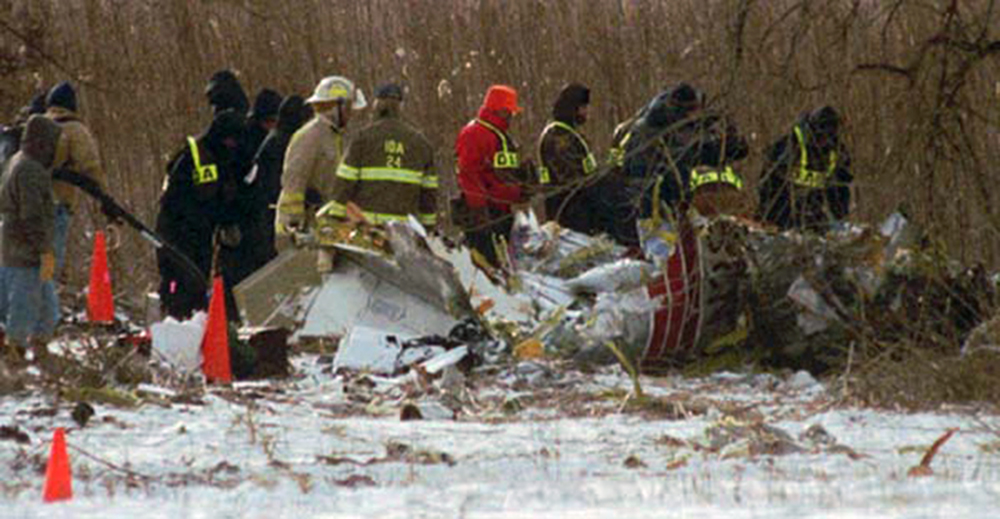
Crash of a Cessna 404 Titan II in Benton Harbor
Date & Time:
Aug 3, 1996 at 0740 LT
Registration:
N8919G
Survivors:
Yes
Schedule:
Kalamazoo - Benton Harbor
MSN:
404-0098
YOM:
1977
Crew on board:
1
Crew fatalities:
Pax on board:
0
Pax fatalities:
Other fatalities:
Total fatalities:
0
Captain / Total hours on type:
53.00
Aircraft flight hours:
10624
Circumstances:
The pilot said that during the landing approach, the flight visibility was inadequate for landing, and he aborted the landing. Witnesses observed the airplane touchdown long and fast, then it
entered fog that shrouded the runway. Subsequently, the airplane collided with trees, then impacted on marshland about 70 feet below the runway elevation. No mechanical anomalies were found with the airplane or engines that would prevent flight. On the day before the accident, the pilot's duty day began at 0500. He had a 9-hour rest period (during the day) that did not involve any sleep. The pilot said that after work on the day before the accident, he arrived home about 2300. His wife said he awoke about 0230 on the accident date, then he returned to bed and arose between 0430 and 0500, departing for work about 0530. During his regular duty day rest period, the pilot would drive a total of 4 hours to and from his home each day. The pilot said he would generally get to bed about 2300 to 2330, arising about 0430 each work day. Also, he said he needed between 6 and 8 hours of sleep at night.
entered fog that shrouded the runway. Subsequently, the airplane collided with trees, then impacted on marshland about 70 feet below the runway elevation. No mechanical anomalies were found with the airplane or engines that would prevent flight. On the day before the accident, the pilot's duty day began at 0500. He had a 9-hour rest period (during the day) that did not involve any sleep. The pilot said that after work on the day before the accident, he arrived home about 2300. His wife said he awoke about 0230 on the accident date, then he returned to bed and arose between 0430 and 0500, departing for work about 0530. During his regular duty day rest period, the pilot would drive a total of 4 hours to and from his home each day. The pilot said he would generally get to bed about 2300 to 2330, arising about 0430 each work day. Also, he said he needed between 6 and 8 hours of sleep at night.
Probable cause:
The pilot's delay in initiating a go-around after not attaining the proper touchdown point during the landing, and his failure to remain clear of obstructions (trees) during the go-around. Factors relating to the accident were the adverse weather condition (fog and low ceiling), pilot fatigue, and the proximity of trees to the runway.
Final Report:
Crash of a Dassault Falcon 10 in Detroit
Date & Time:
Jan 24, 1996 at 1018 LT
Registration:
N191MC
Survivors:
Yes
Schedule:
Philadelphia - Flint
MSN:
30
YOM:
1974
Crew on board:
2
Crew fatalities:
Pax on board:
6
Pax fatalities:
Other fatalities:
Total fatalities:
0
Captain / Total hours on type:
1330.00
Aircraft flight hours:
9829
Circumstances:
The pilot reported getting an unsafe indication on the right main landing gear when the landing gear was lowered. The crew recycled the landing gear and got the same unsafe indication. The crew retracted the gear and diverted to Detroit. On arrival, the crew performed the 'landing gear abnormal extension checklist,' but the unsafe indication remained. The air traffic control tower reported that the gear appeared normal. During the landing, the right main landing gear retracted. The airplane slid sideways, striking a runway marker as it departed the runway, and came to rest in a field. Examination revealed that the right landing gear downlock mechanism could be overcome with physical force. Examination of the right landing gear actuator revealed that one of the six shims which separate the spacers and help guide the safety lock switch was out of position and lying on top of the lock assembly.
Probable cause:
Failure of the right landing gear locking mechanism.
Final Report:
Crash of a Swearingen SA226AT Merlin IV in Detroit
Date & Time:
Dec 15, 1995 at 0423 LT
Registration:
N31AT
Survivors:
Yes
Schedule:
Flint - Louisville
MSN:
AT-057
YOM:
1977
Crew on board:
1
Crew fatalities:
Pax on board:
0
Pax fatalities:
Other fatalities:
Total fatalities:
0
Captain / Total hours on type:
3977.00
Aircraft flight hours:
6965
Circumstances:
The pilot reported that shortly after takeoff, the airplane's left engine started to surge. The airplane also began experiencing intermittent electrical surges which caused the instrument panel lights, cabin lights, and radios to go off and on. The pilot diverted to an alternate airport to land. He did not secure the left engine before landing because it was still developing some usable power. He placed the gear select handle in the down position and observed three green gear-down-and-locked lights. Prior to touchdown, both power levers were positioned to flight idle and no gear warning horn sounded. The airplane landed gear up. Postaccident examination revealed no abnormalities with the landing gear or electrical system. The landing gear emergency extension functioned properly. The landing gear indicating system showed a safe gear indication when the gear was extended during examination. Substantial damage to the gear doors was observed, but no damage to the landing gear was observed.
Probable cause:
The pilot's failure to extend the landing gear. A factor in the accident was the pilot's diverted attention.
Final Report:
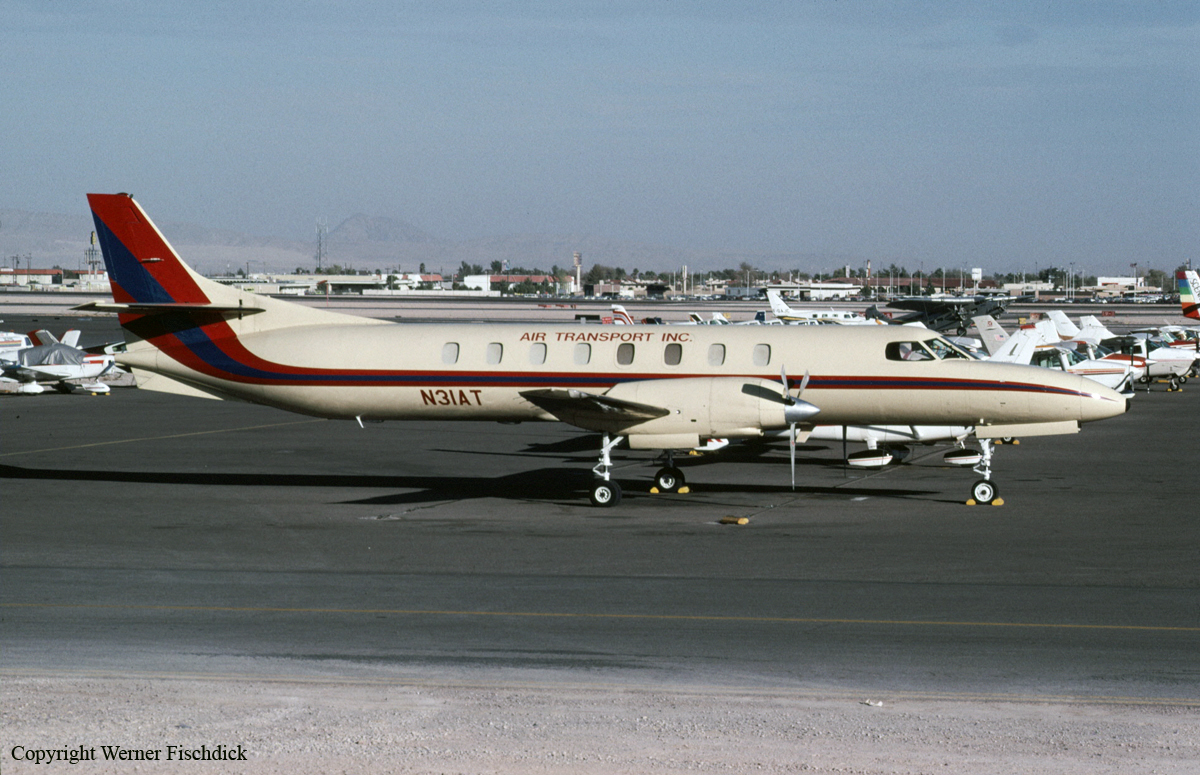
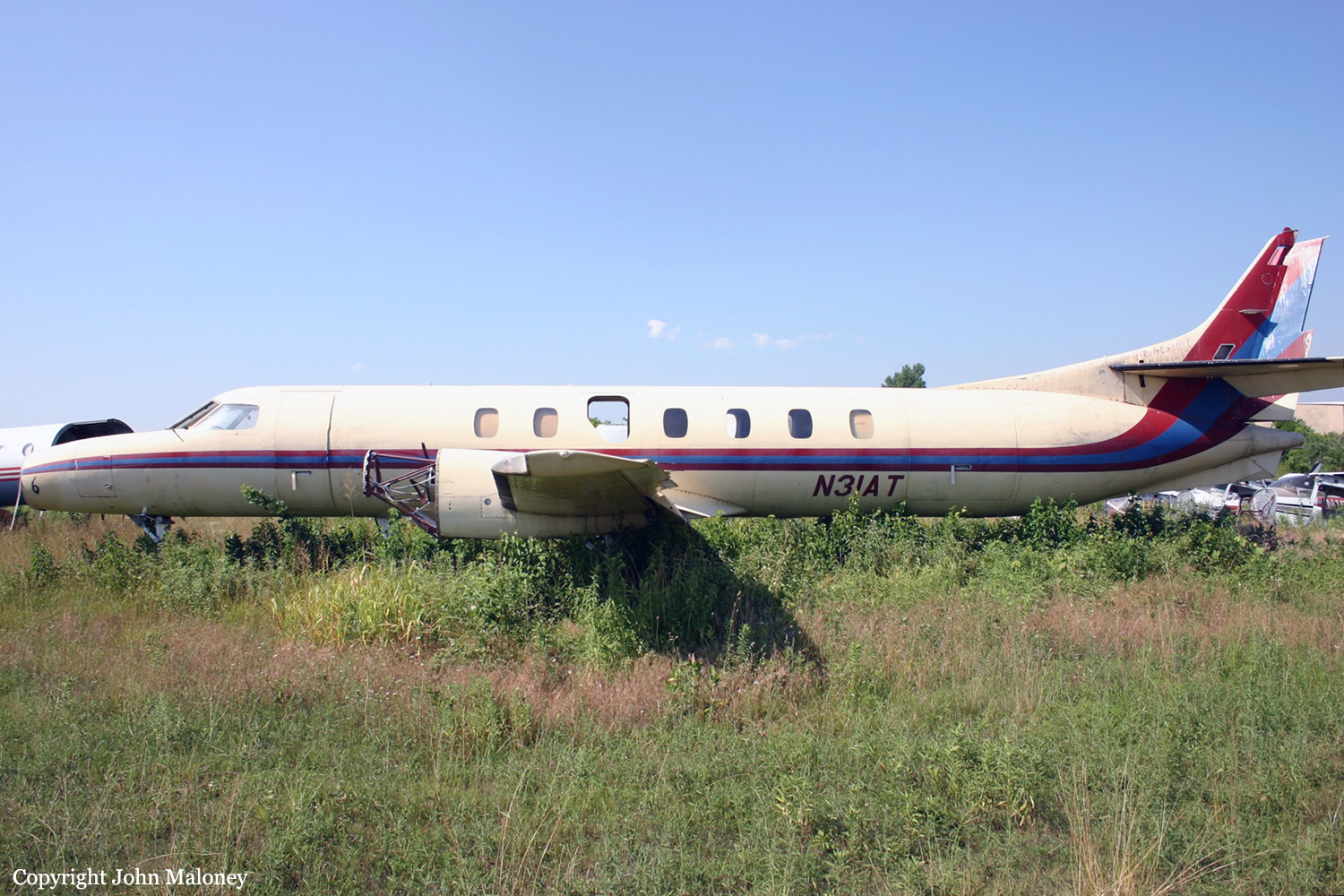
Crash of a Cessna 421C Golden Eagle III in Battle Creek: 1 killed
Date & Time:
Oct 21, 1995 at 2120 LT
Registration:
N421TV
Survivors:
No
Schedule:
Broomfield - Battle Creek
MSN:
421C-0334
YOM:
1977
Crew on board:
1
Crew fatalities:
Pax on board:
0
Pax fatalities:
Other fatalities:
Total fatalities:
1
Captain / Total hours on type:
218.00
Aircraft flight hours:
3779
Circumstances:
While receiving radar vectors for an approach to land, the airplane (a Cessna 421C) departed controlled flight and impacted the terrain. Witnesses reported that they heard the engines operating before the plane crashed. During an investigation, no mechanical anomalies of the airplane were found. The pilot of a Boeing 727 reported that his airplane accumulated a 'quick load' of ice during his descent to land at the same airport within an hour of the accident.
Probable cause:
The pilot's decision to fly in adverse weather (icing) conditions; the accumulation of airframe ice; and the pilot's failure to maintain adequate airspeed for the situation, which resulted in a loss of aircraft control. The icing condition was a related factor.
Final Report:
Crash of a Cessna 421B Golden Eagle II in Coldwater: 1 killed
Date & Time:
Sep 21, 1995 at 1145 LT
Registration:
N14A
Survivors:
No
Schedule:
Coldwater - Elkhart
MSN:
421B-0373
YOM:
1973
Crew on board:
1
Crew fatalities:
Pax on board:
0
Pax fatalities:
Other fatalities:
Total fatalities:
1
Captain / Total hours on type:
203.00
Aircraft flight hours:
5044
Circumstances:
The pilot obtained a preflight briefing and indicated that he would obtain an IFR clearance after becoming airborne; however, he took off and did not activate a flight plan. Witnesses observed the airplane flying north (away from the destination) about 200 to 300 feet above the ground below a low overcast sky condition. One witness said the airplane was flying very slow; he said he was almost able to keep up with it in his vehicle. The witnesses said they saw the airplane roll rapidly to the right and descend toward the ground. It collided with the ground in an approximate 50 degree pitch down attitude. An on-scene examination did not reveal any airframe or control anomaly that would have resulted in the accident. The engines and propellers were disassembled for inspection. Examination of the engines revealed they were capable of producing power. Examination of the propellers revealed both were operating at low pitch settings. About 25 miles north-northwest at Battle Creek, MI, the 1145 edt weather was, in part: 500 feet overcast, visibility 2 miles with fog, wind from 050 degrees at 10 knots.
Probable cause:
Failure of the pilot to maintain adequate airspeed, while maneuvering (turning) at low altitude, which resulted in an inadvertent stall and collision with the terrain. Factors relating to the accident were: the adverse weather conditions, and the lack of altitude for recovery from the stall.
Final Report:
Crash of a Beechcraft C-45H Expeditor in New Hudson
Date & Time:
Jan 24, 1995 at 1620 LT
Registration:
N618K
Survivors:
Yes
Schedule:
New Hudson - Port Huron
MSN:
AF-759
YOM:
1954
Crew on board:
2
Crew fatalities:
Pax on board:
0
Pax fatalities:
Other fatalities:
Total fatalities:
0
Captain / Total hours on type:
52.00
Copilot / Total hours on type:
60
Aircraft flight hours:
1928
Circumstances:
The pilot-in-command stated that shortly after takeoff, when the airplane was about 150 feet above the ground over a stand of trees, the left engine lost power. The pilots made a hard forced landing in a field, skidded and came to a stop against a farm building. The power loss occurred over a wooded area. Postaccident examination revealed the left engine driven fuel pump shaft had failed. Airplane records indicated the most recent maintenance occurred in november 1991. The airplane had flown 148 hours since that date.
Probable cause:
The owner/pilot's inadequate maintenance practices which resulted in a loss of engine power shortly after takeoff and the pilot's inadequate emergency procedure after the power loss occurred. Related factors are trees, diminished airspeed and abrupt touchdown.
Final Report:
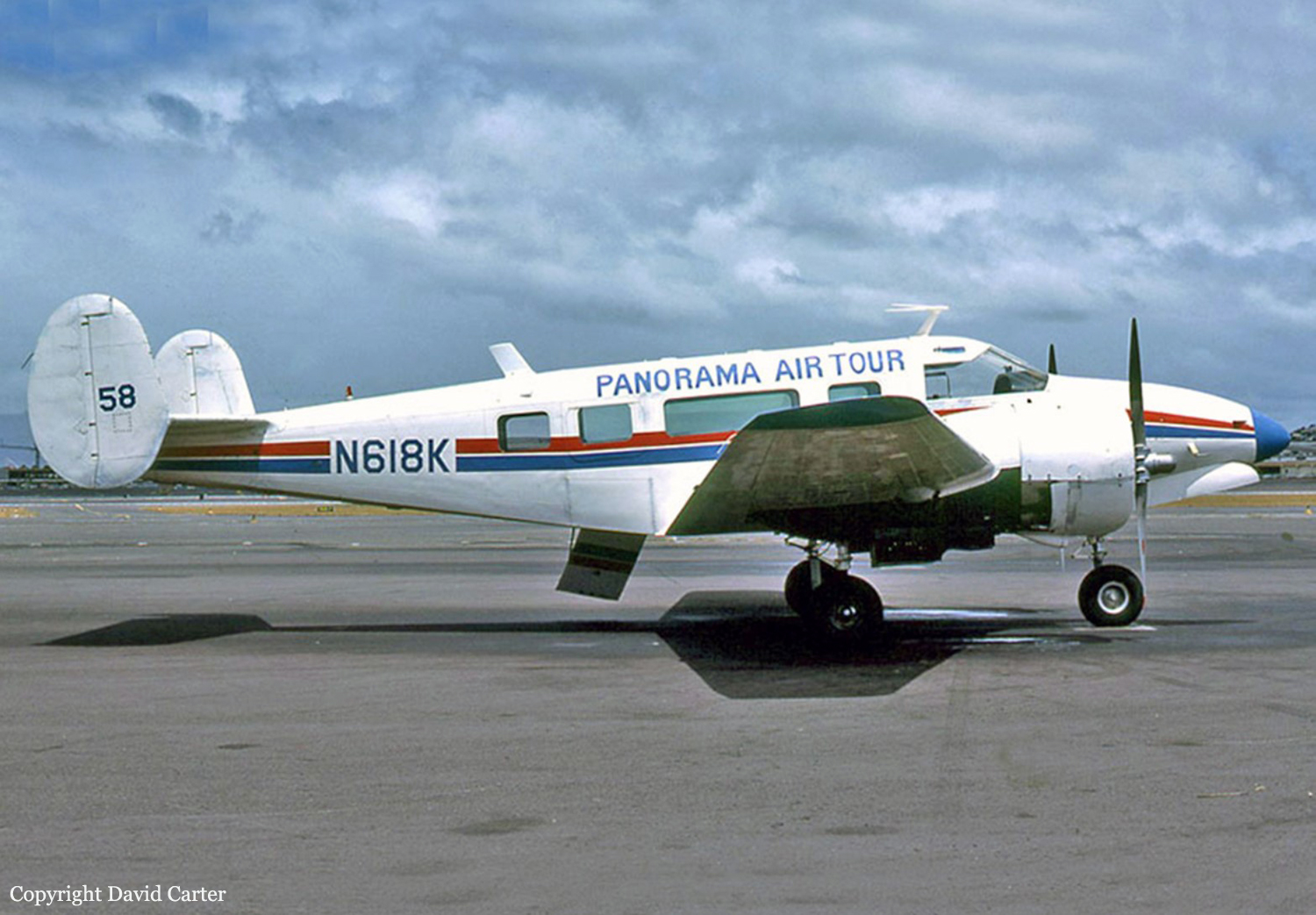
Crash of a Piper PA-60P Aerostar (Ted Smith 602P) in Port Huron
Date & Time:
Sep 14, 1994 at 0846 LT
Registration:
C-FSMO
Survivors:
Yes
Schedule:
Stratford – Chicago
MSN:
62-0875-8165014
YOM:
1981
Crew on board:
1
Crew fatalities:
Pax on board:
3
Pax fatalities:
Other fatalities:
Total fatalities:
0
Captain / Total hours on type:
42.00
Aircraft flight hours:
1841
Circumstances:
As the airplane approached 22,000 feet, the pilot reported that both engines stopped running within seconds of each other. During the emergency landing approach the airplane collided with trees. Onscene investigation revealed no mechanical anomalies with the engines. The fuel system was empty, other than traces of fuel found in the left and right engine's fuel injector servos and flow dividers. Both wing fuel tank caps o-rings were hardened and had flat spots on them. The caps' opening tabs were able to be opened at 8 and 3 lbs of force, respectively. The company holding the airplane's type certificate states an opening force of 16 lbs of force is required. The company's annual inspection checklist requires that the tabs be checked. No record of this being accomplished was found in the airframe logbook. The pilot operating handbook states that the fuel cap tab tension must be checked during the preflight inspection.
Probable cause:
Inadequate preflight by the pilot resulting in fuel exhaustion. Inadequate maintenance and inspection was a factor contributing to the accident.
Final Report:
Crash of a Rockwell Grand Commander 690A in Lansing: 2 killed
Date & Time:
Sep 27, 1993 at 1123 LT
Registration:
N242TC
Survivors:
No
Schedule:
Lansing - Battle Creek
MSN:
690-11219
YOM:
1974
Crew on board:
2
Crew fatalities:
Pax on board:
0
Pax fatalities:
Other fatalities:
Total fatalities:
2
Aircraft flight hours:
4373
Circumstances:
The airplane departed in IMC conditions on an IFR flight plan. Shortly after takeoff the pilot told the departure controller he had '...a problem.' The airplane's flight path was a series of left hand turns while performing descents and ascents. Reports of engine sounds varied from high rpm to low rpm. Many witnesses reported the airplane descending out of, and climbing into, clouds. The airplane was observed in a 45° angle descent, right wing low, as it collided with trees and the ground. The on-scene investigation found an intermittent electric gyro system inverter, a broken filament on the inverter power 'out' light bulb, electrically powered gyro's rotors did not have rotational damage, and a vacuum powered attitude indicator rotor with rotational damage. The pilot's toxicology report stated 45 mg/dl of ethanol detected in his muscle tissue.
Probable cause:
The pilot-in-command not maintaining aircraft control during the intermittent operation of the electrically operated attitude gyro. Factor's associated with this accident are an fluctuating (intermittent) electrical system inverter and the pilot-in-command not performing remedial action by using the vacuum powered attitude gyro and other flight instruments once the airplane was making a series of climbs, descents, and heading changes.
Final Report:




